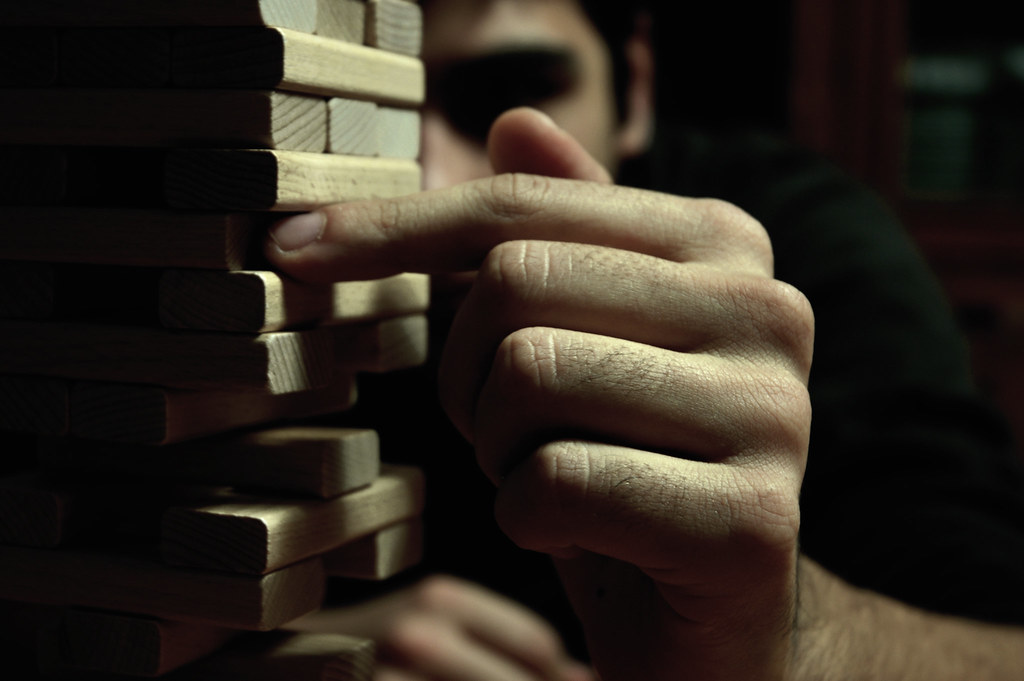
In the basement of MIT’s Building 3, a robot is carefully contemplating its next move. It gently pokes at a tower of blocks, looking for the best block to extract without toppling the tower, in a solitary, slow-moving, yet surprisingly agile game of Jenga.
The robot, developed by MIT engineers, is equipped with a soft-pronged gripper, a force-sensing wrist cuff, and an external camera, all of which it uses to see and feel the tower and its individual blocks.
As the robot carefully pushes against a block, a computer takes in visual and tactile feedback from its camera and cuff, and compares these measurements to moves that the robot previously made. It also considers the outcomes of those moves — specifically, whether a block, in a certain configuration and pushed with a certain amount of force, was successfully extracted or not. In real-time, the robot then “learns” whether to keep pushing or move to a new block, in order to keep the tower from falling.
Details of the Jenga-playing robot are published today in the journal Science Robotics. Alberto Rodriguez, the Walter Henry Gale Career Development Assistant Professor in the Department of Mechanical Engineering at MIT, says the robot demonstrates something that’s been tricky to attain in previous systems: the ability to quickly learn the best way to carry out a task, not just from visual cues, as it is commonly studied today, but also from tactile, physical interactions.
The researchers tested their approach against other state-of-the-art machine learning algorithms, in a computer simulation of the game using the simulator MuJoCo. The lessons learned in the simulator informed the researchers of the way the robot would learn in the real world.
“We provide to these algorithms the same information our system gets, to see how they learn to play Jenga at a similar level,” Oller says. “Compared with our approach, these algorithms need to explore orders of magnitude more towers to learn the game.”
Curious as to how their machine-learning approach stacks up against actual human players, the team carried out a few informal trials with several volunteers.
“We saw how many blocks a human was able to extract before the tower fell, and the difference was not that much,” Oller says.
But there is still a way to go if the researchers want to competitively pit their robot against a human player. In addition to physical interactions, Jenga requires strategy, such as extracting just the right block that will make it difficult for an opponent to pull out the next block without toppling the tower.
For now, the team is less interested in developing a robotic Jenga champion, and more focused on applying the robot’s new skills to other application domains.
“There are many tasks that we do with our hands where the feeling of doing it ‘the right way’ comes in the language of forces and tactile cues,” Rodriguez says. “For tasks like these, a similar approach to ours could figure it out.”
This research was supported, in part, by the National Science Foundation through the National Robotics Initiative.